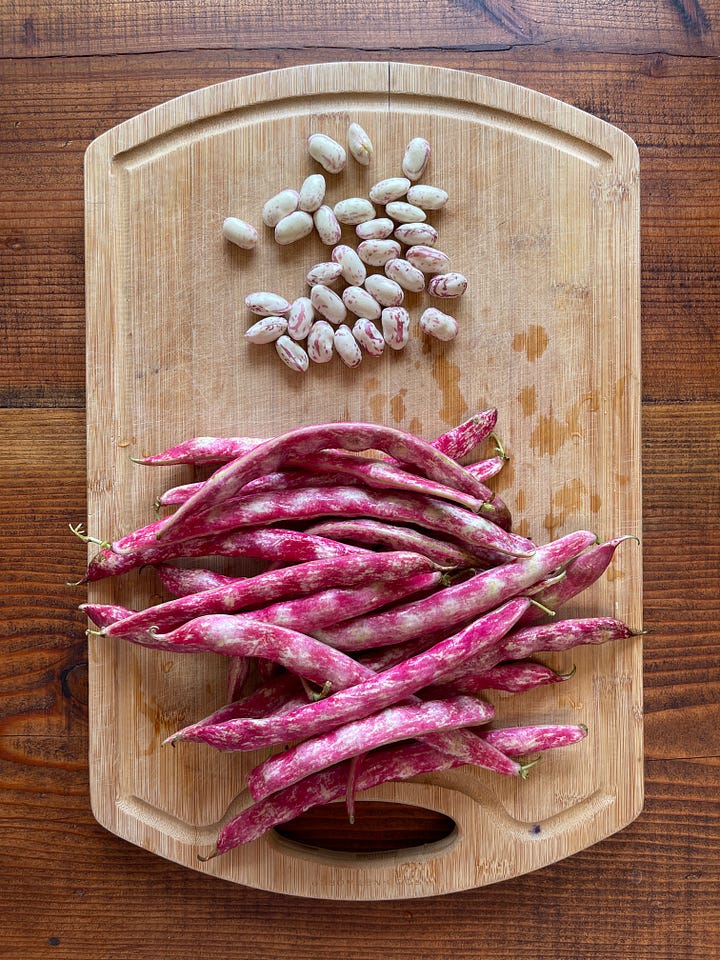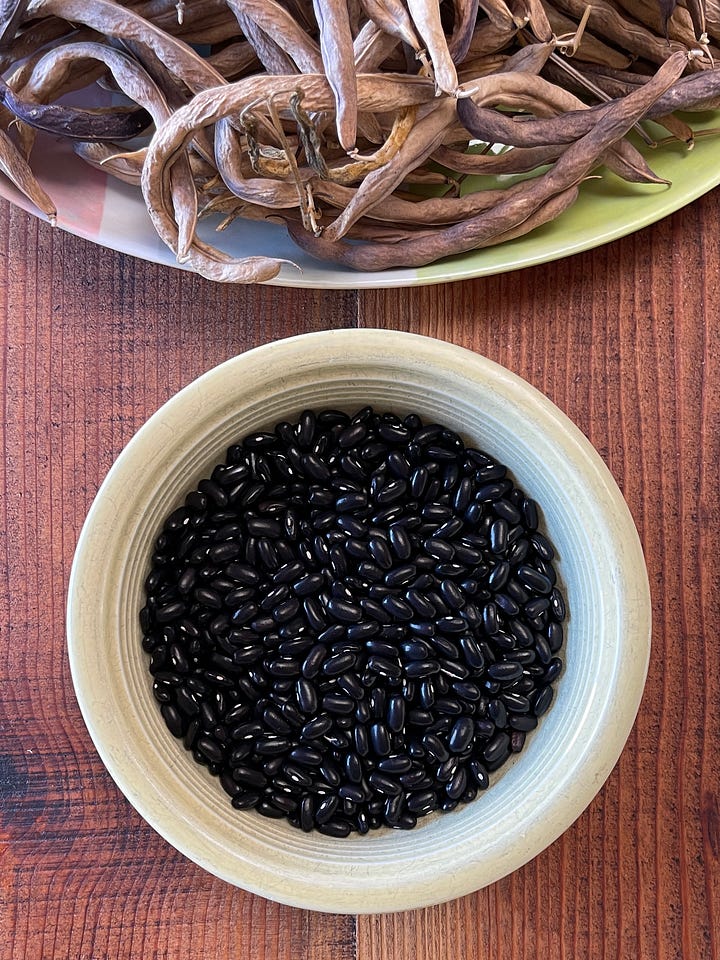Food Systems On the Menu at COP for the First Time
The good news, the bad news and what we can do
For the first time in its 28-year history, the United Nations Climate Conference devoted a day to food and agriculture. Food systems account for a third of greenhouse gas emissions and drive 60 percent of biodiversity loss. And since the start of the pandemic, 122 million additional people globally now face hunger. In other words, our food systems need an urgent overhaul.
At the conference, 158 countries committed to addressing food in their climate plans, including high-emitters such as the US, China and the EU. But the declaration is a pledge, not a binding agreement. That must come as welcome news to the agribusiness delegates who attended COP28 in record numbers. They represented companies such as Nestlé, Bayer and the world’s largest meat supplier, JBS.
The individual’s piece of the puzzle
We can make our own food declarations at home. According to Drawdown, of the top 20 high-impact climate actions individuals can adopt, the top two—by far—involve food: don’t waste it and eat lots of plants. Both wasting food and meat-centric diets increase emissions. And both areas provide ample room for improvement in the US, where up to 40 percent of the food supply goes to waste and only one in 10 adults eat enough fruit and vegetables.
Even if you believe individual actions won’t make a difference in terms of climate (but you are reading this newsletter, so…), they will improve your life and save money.
Five cheap and painless ways to waste less food
1. Shop at home first
Harnessing your creativity, cook your next meal based on the food you have on hand. The more comfortable you become with cooking intuitively, the better you’ll get at it.
2. Freeze extra food before it can head south
You can freeze all kinds of food—leftovers, bread, nuts, cheese, milk, eggs (crack and whisk them first), cooked beans, fruit, blanched vegetables and so on.
3. Rely on your senses rather than “best before,” “sell by” and “use by” dates
Generally unregulated, these dates do not indicate food safety. Rather, these suggested dates from the food manufacturer indicate the food company’s opinion of peak quality.
4. Organize your refrigerator, freezer and pantry
If you can find it, you’ll eat it. While organizing, you may also discover treasure! This summer, while moving furniture out of the living room before work started there, I found a bottle of forgotten (hidden?) brandy. I also had vanilla beans in the pantry (Gneiss Spice ships them in cellophane, not plastic). So I split and plunked those beans into the bottle to make my best batch of vanilla yet.
5. Give food away
If you find yourself with too much food on your hands, ask your friends and family if they’d like, offer it on Buy Nothing or post it on the sharing app OLIO.
If you run a food-service business or work for one in the US, donate excess food to a food rescue organization. Find one near you through Sustainable America’s Food Rescue Locator. Volunteering at a food rescue organization (or donating money) also keeps food out of the waste stream! Go here for a list of these organizations around the world.
Fresh food goes to waste most—ultra-processed foods do not rot—so wasting less of it means more fresh food will be available to those who need it most.
A note on composting
Composting, while crucial, does not reduce wasted food. It disposes of it sustainably (regeneratively actually, as compost adds more to the soil than it takes away). But ideally, we would eat all the food we buy. When food does go to waste, it belongs in a compost bin in a backyard or community garden, in your municipality’s compost program and so on.
There simply is no downside to wasting less food. Even if I asked for a downside in the cesspool formerly known as Twitter, I doubt anyone would come up with one.
Five cheap and painless ways to eat more plants
1. Incorporate more beans and legumes into meals
Did you know? Chickpeas have a lower water footprint than many other legumes. Make all the things. Hummus. Socca. Curry. Stews. Chana masala. Roasted chickpeas. Salads tossed with chickpeas. Roasted vegetables and chickpeas splashed with tahini dressing.
Eat other beans as well! I buy fresh borlotti beans during the one-month window (if that) I can find them at the farmers’ market. If I can’t buy dry borlotti beans, I buy dried pinto beans (I buy them anyway, really). For the past few summers, I’ve grown Cherokee Trail of Tears black beans and am amazed that I can grow protein!
Although dried beans have a long shelf-life, very old beans won’t soften no matter how long you cook them. Generally, you’ll find fresher dried beans in bulk bins. Bring your own bag and reduce plastic packaging too.


2. When you crave a snack, eat a piece of fruit
I did describe these tips as easy and this is the easiest one. In the old days, before I broke up with plastic, I would reach for crackers and other packaged snacky things if I had them. Now, I grab an orange or an apple. That’s one more serving of fruit. No prep. No cleanup. Easy. If I want to get fancy, I’ll slice the apple and arrange it on a plate with a big spoonful of nut butter. Or, if I made hummus (see #1), I’ll dip some vegetables into it.
3. Prep plants in advance
Prepped, ready-to-eat vegetables have a greater chance of being eaten. Greens washed and trimmed can quickly become a salad. Cruciferous vegetables like broccoli and cabbage will keep for a up to few days after prepping—add some of those to your salad. Cooked whole grains can go in there as well.
4. Swap out butter for olive oil
In general, bread recipes that call for a small amount of butter will turn out well with an equivalent amount of olive oil (like this one). Drizzle olive oil onto a baked potato. Dip bread into it instead of slathering on the butter. When a recipe calls for sautéing an onion or other vegetables in butter, use olive oil instead (so easy).
I buy expensive pastured butter and wonderful yet somehow economical olive oil. So this swap saves me a bit of money also. Oh, and olive oil is good for you.
5. Make a pot of soup once a week or so
Soup is a zero-waste 101 dish. If I have homemade tomato paste on hand, I caramelize a couple of tablespoons of it after sautéing the onions. Next, add the random vegetables and water or broth. Toss in some whole grains too. At the end of cooking, add a splash of vinegar to brighten the flavor (this week’s pot contains spectacular rhubarb vinegar), along with salt and pepper. So good!
The most sustainable thing you can cook tonight will incorporate ingredients you already have on hand. For your next meal, add more plants.
I was in The Guardian this week! I contributed a tip on food in “Secondhand gifts and DIY decor: seven ways to make your holidays a little greener.”
Upcoming events
Jan 9th, 4pm PT/7pm ET: Start a Sourdough Starter—and Keep It Alive! Register here for this free online sourdough starter workshop.
Jan 13th, 2pm: Burlingame Public Library, Induction Cooking Demo. In-person, free event.





Thank you for all your effort on this uphill battle, I'm right with you!
Old beans certainly don't soften well with cooking but they do improve after being cooked and frozen!